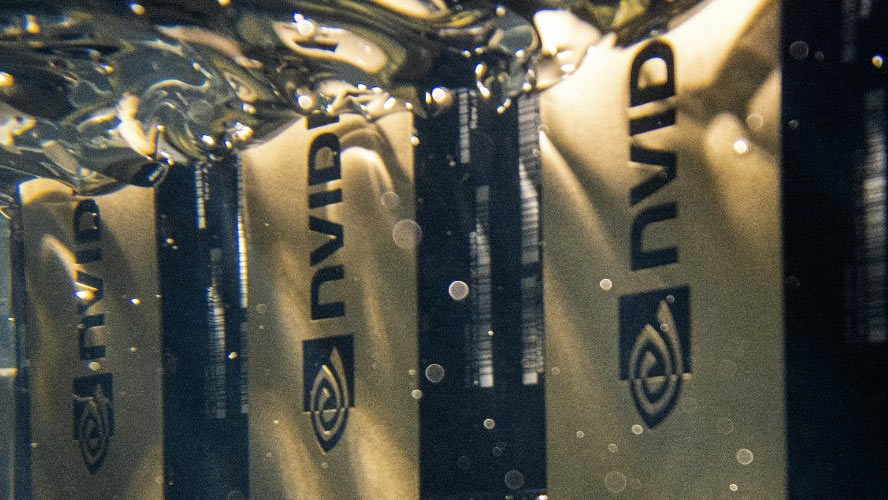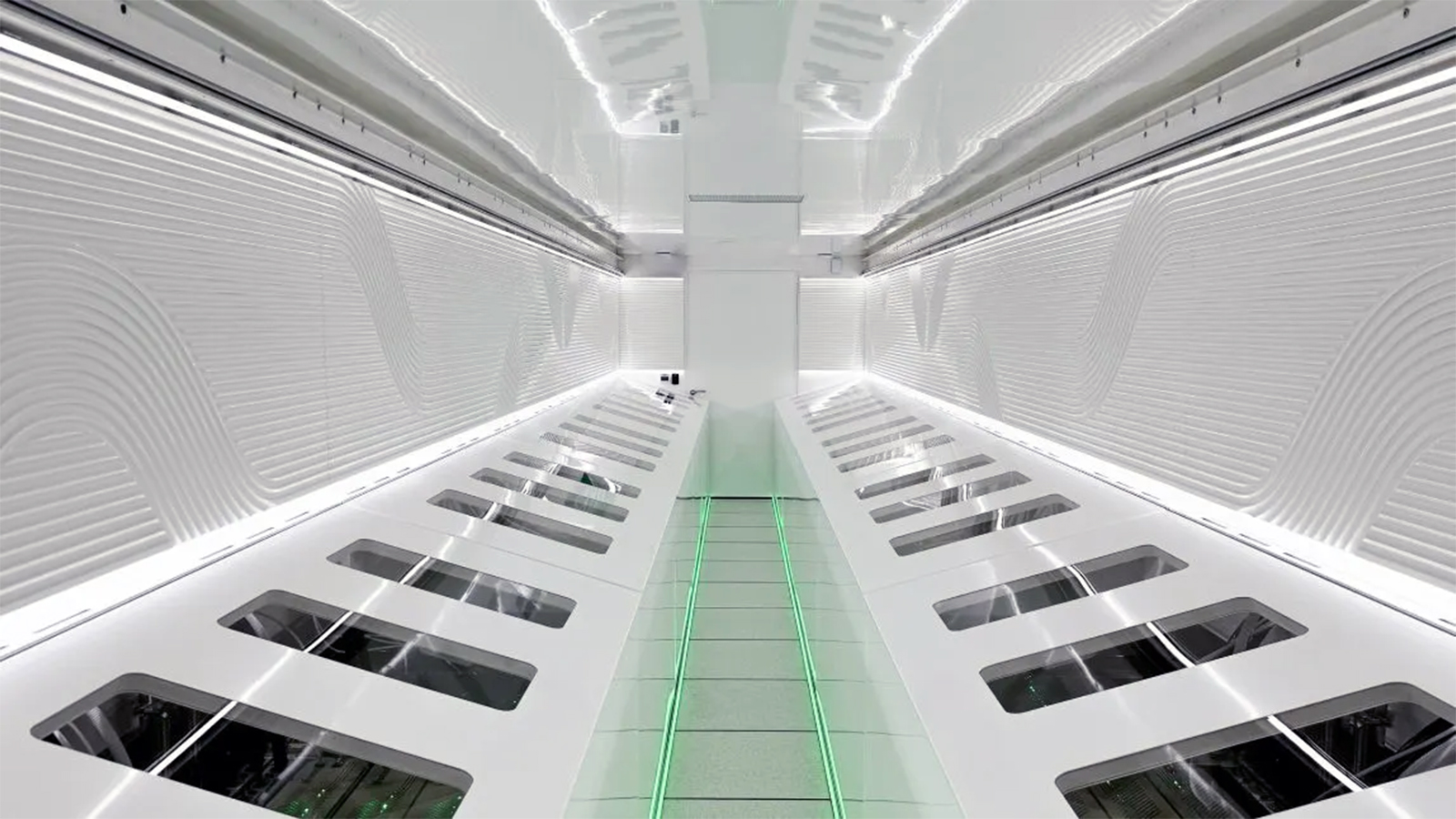
Nvidia cloud partner Sustainable Metal Cloud (SMC) says that its HyperCubes, which are containerized Nvidia GPU servers that use immersion cooling, can reduce energy consumption by 50% compared to systems relying on traditional air cooling. Furthermore, the company claims this solution is 28% more affordable than rival liquid-cooling solutions. But, aside from that, the containerized nature of HyperCubes means that it’s quicker to set up, allowing data centers to scale their operations much more easily.
“It enables high-density hosting for GPUs. It enables the sort of hosting that we need to see for platforms like Grace Blackwell,” SMC co-CEO Tim Rosenfield told CNBC. Since immersion-cooled systems do not need the space required for airflow, a company can pack more servers in the same space currently used by air-cooled systems.

Immersion cooling isn’t new technology and has been used by a few enthusiasts as a cooling solution for high-end desktops. In fact, Intel has invested millions of dollars researching immersion liquid cooling solutions. It has also partnered with ExxonMobil, which manufactures PFAS-free immersion cooling products for data centers. Even a major player in the HVAC industry, LG Electronics, wants to enter in the data center cooling business with immersion cooling, claiming that it has gained traction in its development.
Microsoft has also dabbled in immersion cooling but took it to the extreme by putting the entire data center underwater with Project Natick. It recently concluded this experiment, and results show that the project has fewer server failures compared to its counterpart on land. Even China is experimenting with underwater data centers and has begun building one in late 2023.
These developments in cooling solutions for data centers are crucial for the server computing industry, especially as the insatiable global demand for processing power is continuously increasing. For example, all the GPUs sold just last year consume over 14,000,000 MWh of electricity per annum — enough power for 1.3 million American households. And as we expect the demand for data center GPUs to grow in the next few years, then the demand to power them will grow as well. This isn’t a new problem, though, and even Google, whose greenhouse gas emissions increased by 48%, has been dealing with increased data center energy demands since 2019.
Liquid cooling is one way that data centers could reduce their power consumption demand and address this issue. Although it may have a higher setup cost versus air-cooled systems, the energy and carbon footprint savings that a company could get from it would be more than enough to offset the initial expense. However, this greener solution still faces some challenges. Rosenfield tells CNBC, “Most data centers are not ready for liquid of any type, whether it is immersion or direct chip cooling. The market is figuring out the best way to employ this and I think there’ll be multiple ways.”







